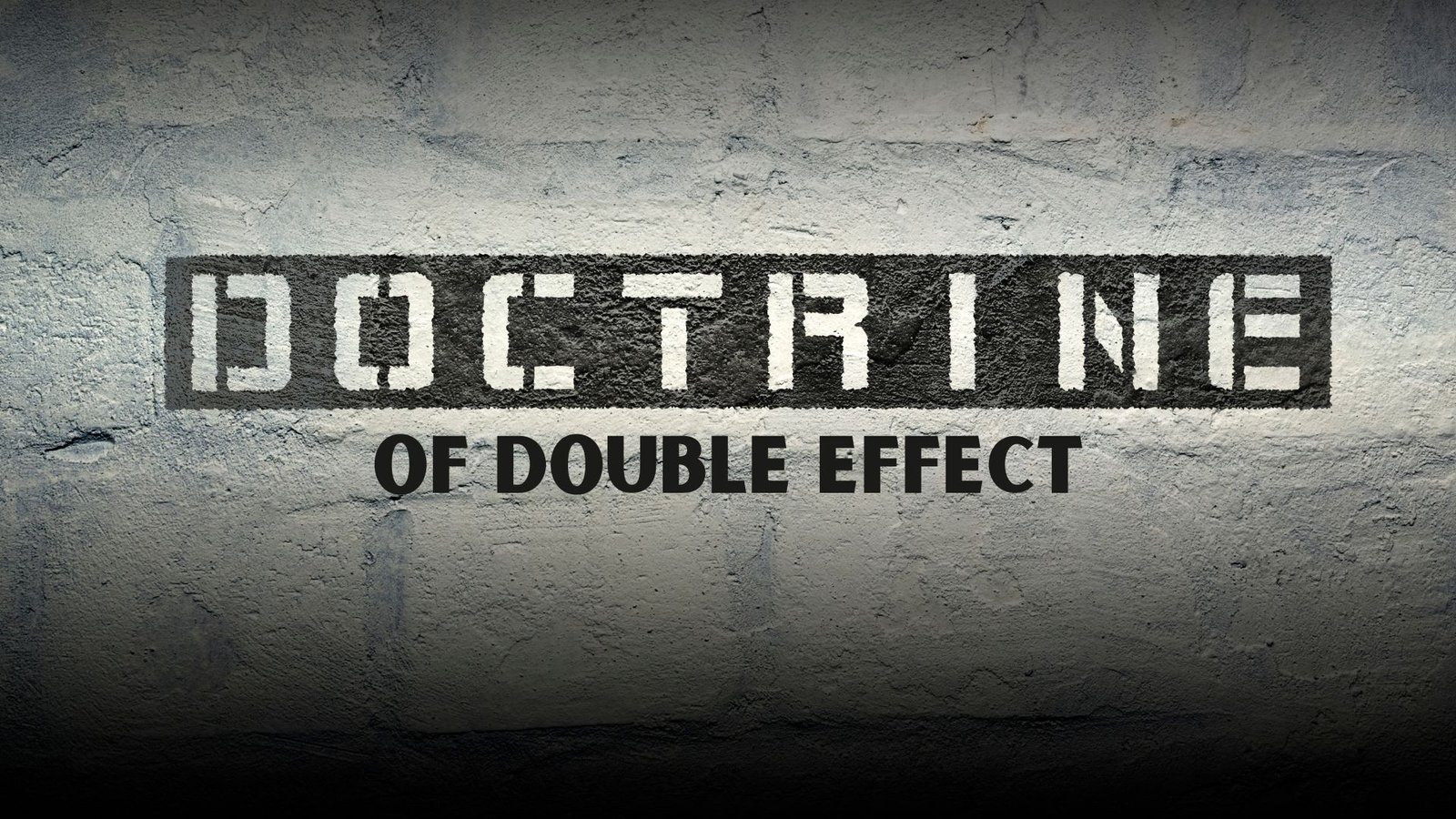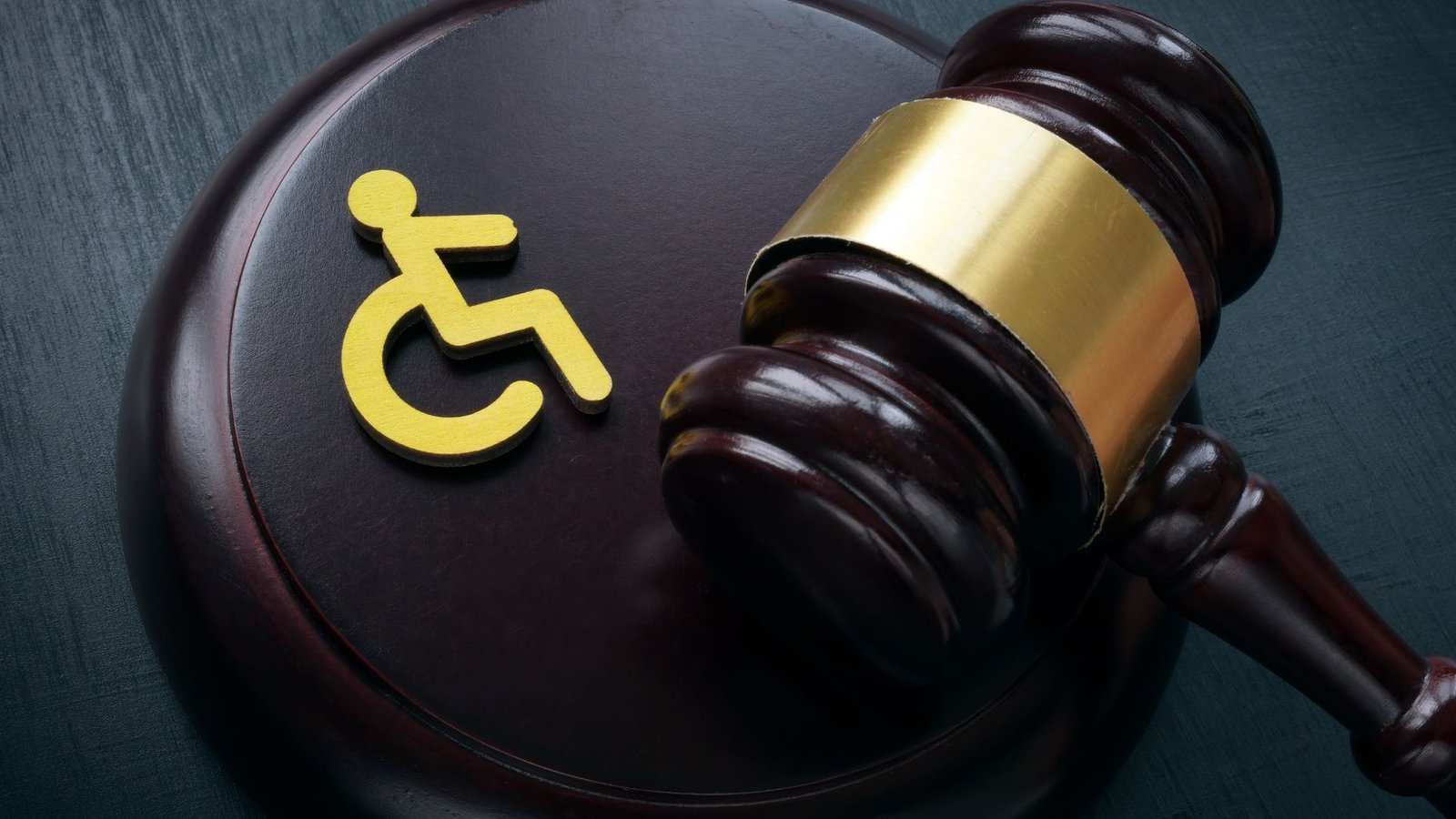On this page you will read detailed information about Doctrine of Double Effect.
As a philosopher or ethicist, you consider challenging dilemmas that require weighing one harm against another. The doctrine of double effect provides you with a framework for evaluating these types of conflicts, such as when pursuing a good outcome may also lead to some harm. In 100 words, this article will introduce you to this important doctrine and explain its four conditions. These conditions help determine when it may be ethically permissible to pursue an action that has both good and bad effects. You will learn how to apply this doctrine in your own ethical reasoning and decision-making. Understanding the doctrine of double effect gives you an essential tool for assessing the ethics of complex scenarios with competing values at stake.
What Is the Doctrine of Double Effect?
The Doctrine of Double Effect refers to a set of ethical criteria that evaluates the permissibility of an action that causes both good and bad consequences. According to the Doctrine of Double Effect, for an action with both good and bad effects to be morally permissible, it must meet four conditions:
The action itself must be morally good or at least indifferent. The bad effect must not be the means by which the good effect is achieved. The intention must be for the good effect, not the bad effect. And the good effect must outweigh the bad effect.
The Action Must Be Good or Indifferent
The action itself must be either morally good or at least morally indifferent for the Doctrine of Double Effect to apply. If the action is intrinsically evil, the Doctrine of Double Effect does not apply. For example, directly killing an innocent person would be impermissible under the Doctrine of Double Effect because murder is intrinsically evil.
The Bad Effect Must Not Cause the Good Effect
The bad effect must not directly cause the good effect. The good and bad effects must be physically separable. For example, terrorizing a population by bombing civilian infrastructure would not meet this condition. The good effect (ending the war) depends directly on the bad effect (civilian suffering). But providing morphine to relieve suffering, which also unintentionally risks causing addiction, could satisfy this criterion because pain relief does not physically depend on addiction.
The Intention Must Be for the Good Effect
The intention behind the action must be to achieve the good effect, not the bad effect. The bad effect can be foreseen and even permitted, but it must not be intended. For example, a doctor may prescribe morphine to relieve pain while foreseeing the risk of addiction but intending pain relief, not addiction. If the intention were to cause addiction, the Doctrine of Double Effect would not apply.
The Good Effect Must Outweigh the Bad Effect
The good effect must be proportionate to the bad effect. The good achieved must outweigh the harm caused. For example, causing death of a few civilians to save a whole nation could be justified under the Doctrine of Double Effect, but not causing massive civilian casualties to achieve a marginal military advantage. The good and bad effects must be balanced for the action to be permissible.
In summary, the Doctrine of Double Effect provides a framework for evaluating actions that have both good and bad consequences. If the action is morally good, the bad effect is not intended, the good and bad effects are physically separable, and the good outweighs the bad, the action may be permissible under the Doctrine of Double Effect.
In the previous post, we had shared information about Exploring Countries With Legal Recreational Cannabis Laws, so read that post also.
Key Components of the Doctrine of Double Effect
The Principle of Intent
According to the Doctrine of Double Effect (DDE), the intent behind an action must be morally good or neutral. The intent should not be to cause harm as an end in itself. For an action to be morally permissible under DDE, any harm must be unintentional and merely foreseen. The primary goal must be to pursue a good end. For example, a doctor may prescribe high doses of morphine to relieve a patient’s pain, even if it could hasten the patient’s death. The intent is to relieve suffering, not cause death.
The Principle of Proportionality
The good effect must be proportionate to any harmful effect. The harm must not outweigh the benefit gained from the action. In the example of pain relief for the terminally ill patient, relieving suffering is proportionate to potentially hastening death. However, if the morphine dosage was increased to deliberately end the patient’s life, that would not meet the proportionality criterion.
The Principle of Distinction
The action itself must be morally good or neutral. Any harm caused must be an unintended consequence of pursuing a good end. It must be a side effect, not the means by which the good end is achieved. For instance, relieving suffering through pain management would be a good action, but deliberately ending a life would not. The means must be as unintrusive and non-harmful as possible to achieve the intended end.
The Principle of Necessity
There must be no alternative way to pursue the good end without causing harm. The action should be necessary and last resort. If there are other reasonable options to relieve the patient’s suffering that do not risk hastening death, those should be tried first. Only if all else fails should an action with potentially harmful side effects be taken.
In summary, for an act to be morally justified under the Doctrine of Double Effect, the intent must be good, the harm must not outweigh the benefit, the action itself must be good, the harm must be unintended, and there must be no better option. If all of these conditions are met, an action with dual effects may be ethically permissible.
Examples of the Doctrine of Double Effect in Practice
Self-Defense
According to the principle of double effect, an action that causes harm as a side effect of promoting some good end can be morally justified. For instance, in self-defense one may be justified in harming an assailant, as a side effect of defending oneself. The intended end is to protect one’s own life, not to harm the assailant. The harm to the assailant is an unintended side effect. However, the force used must be proportional to the threat. Using deadly force to counter a minor assault would not be justified by double effect.
Medical Care
Double effect also arises frequently in medical ethics. For example, high doses of morphine can be justified for a terminally ill patient, even if they hasten death as a side effect, if the intended end is to relieve pain and suffering. The death of the patient is the unintended side effect, while pain relief is the intended end. However, giving morphine with the sole intention of ending the patient’s life would not be justified under double effect.
Military Action
The doctrine of double effect can also apply to military actions, such as the collateral damage that may result from bombing military targets located near civilians. The intended end is to destroy a legitimate military target, but civilian deaths are the unintended side effect. However, the military action would not be justified under double effect if the harms to civilians were disproportionate to the military advantage gained or if the civilians were directly targeted. Civilian deaths must remain an unintended side effect for the principle of double effect to apply.
In conclusion, the doctrine of double effect establishes a set of ethical criteria for evaluating actions that have both good and bad consequences. An action may be justified if the bad consequences are unintended side effects of promoting some good end, and if the good consequences outweigh the bad. However, the action must be taken with the proper intention, and the harm must not be directly intended. With careful application of these principles, double effect can provide useful guidance in navigating complex moral dilemmas.
Ethical Analysis Using the Doctrine of Double Effect
Intentionality
When using the Doctrine of Double Effect (DDE) for ethical analysis, the first factor to consider is intentionality. The DDE specifies that the action itself must be morally good or at least neutral. For an action to be permissible, any negative consequences must be unintended and not purposefully caused. If the negative effect is intended as a means to the positive end, the action is not justified.
Proportionality
The principle of proportionality states that the negative effect must not outweigh the positive effect in order for the action to be ethically justified. The benefit gained needs to be reasonably proportionate and comparable to the harm caused. If the harm caused by the action far surpasses the benefit, then that action should not be taken based on the DDE.
Distinction between intended and merely foreseen effects
A key distinction in applying the DDE is differentiating between the intended effects of an action and those that are merely foreseen but unintended. The intended effects are the outcomes that are directly aimed at, while the foreseeable but unintended effects are an inevitable result of the action. For an act to be justified, the negative consequences can only be foreseen side effects, not the means to the end. It must be the case that the positive effect is directly intended and the negative effect is an unintended byproduct.
Avoidability
The final factor to consider is whether the negative effect could have reasonably been avoided. If there were alternate actions available that could have achieved the good effect without the bad effect, then that action may not be justified. However, if the negative consequence is essentially unavoidable, the action may still be permissible. The DDE recognizes that some morally good actions may inevitably have negative side effects, even if all due care is taken to minimize harm. If no reasonable alternative can achieve the same good end, the action may be justified by the DDE.
In summary, by systematically applying the principles of intentionality, proportionality, distinction between intended and foreseen effects, and avoidability, one can use the Doctrine of Double Effect to thoroughly analyze the ethics of an action. The DDE provides a useful framework for moral reasoning in situations where an action may have both good and bad consequences.
The Doctrine of Double Effect: Frequently Asked Questions
The Doctrine of Double Effect (DDE) is a philosophical framework that establishes moral reasoning for evaluating the permissibility of an act that causes both a good and bad effect. It states that an action which has two effects, one good and one bad, may be permissible if certain conditions are met. The DDE helps in determining when it is ethically acceptable to perform an act that has both a good and evil result.
There are four conditions that must be satisfied for an action with double effect to be morally justified:
1. The act itself must be morally good or at least indifferent. The bad effect must not be the means by which the good effect is achieved.
2. The agent intends the good effect and not the bad effect. The bad effect must be unintended, even if foreseen.
3. The good effect must not be achieved by means of the bad effect. The bad effect is a side effect, not the means to the good end.
4. The good effect must outweigh the bad effect. The good must outweigh the evil, so that the action is proportionate.
Some examples that demonstrate the DDE in practice include:
i) Providing pain medication to a terminally ill patient that may hasten death as a side effect (intending to relieve suffering, while foreseeing the possibility of a hastened death)
ii) Performing a life-saving medical procedure on a pregnant woman that may endanger or kill the fetus as a side effect (intending to save the woman’s life, while risking losing the fetus)
iii) Destroying a fertilized embryo outside the womb to harvest its stem cells for medical research and treatments (intending to gain knowledge and help others, while destroying an embryo as a side effect)
The key in all these examples is that the good effect is intended, the bad effect is not intended but foreseen, the good outweighs the bad, and the bad is not the means to the good. If all four conditions are met, the action may be morally justified under the DDE framework.
Conclusion
As we have seen, the doctrine of double effect provides a moral framework for evaluating complex situations where our actions may have both good and harmful effects. By considering whether the act itself is good or neutral, whether we intend the good effect rather than the harmful one, and whether there is proportionality between the good and harmful effects, this principle guides us with wisdom when faced with ethical dilemmas. Though a challenging concept, understanding double effect sharpens our discernment. With thoughtful reflection, we can apply this doctrine to make decisions that align with ethical ideals. Moving forward, we must continue grappling with how to live out noble principles amidst a complicated world.
Disclaimer
The information and services on this website are not intended to and shall not be used as legal advice. You should consult a Legal Professional for any legal or solicited advice. While we have good faith and our own independent research to every information listed on the website and do our best to ensure that the data provided is accurate. However, we do not guarantee the information provided is accurate and make no representation or warranty of any kind, express or implied, regarding the accuracy, adequacy, validity, reliability, availability, or completeness of any information on the Site. UNDER NO CIRCUMSTANCES SHALL WE HAVE ANY LIABILITY TO YOU FOR ANY LOSS OR DAMAGE OF ANY KIND INCURRED AS A RESULT OR RELIANCE ON ANY INFORMATION PROVIDED ON THE SITE. YOUR USE OF THE SITE AND YOUR RELIANCE ON ANY INFORMATION ON THE SITE IS SOLELY AT YOUR OWN RISK. Comments on this website are the sole responsibility of their writers so the accuracy, completeness, veracity, honesty, factuality and politeness of comments are not guaranteed.
So friends, today we talked about Doctrine of Double Effect, hope you liked our post.
If you liked the information about Doctrine of Double Effect, then definitely share this article with your friends.








